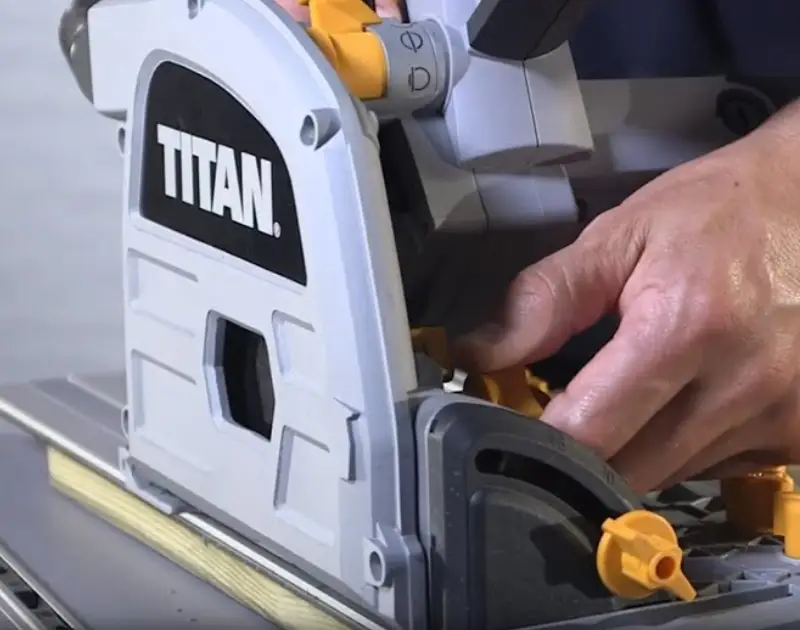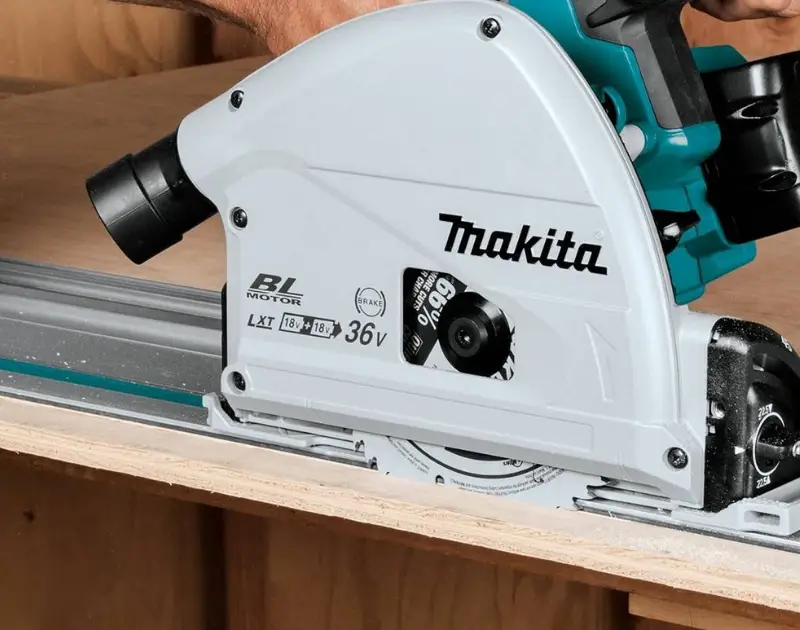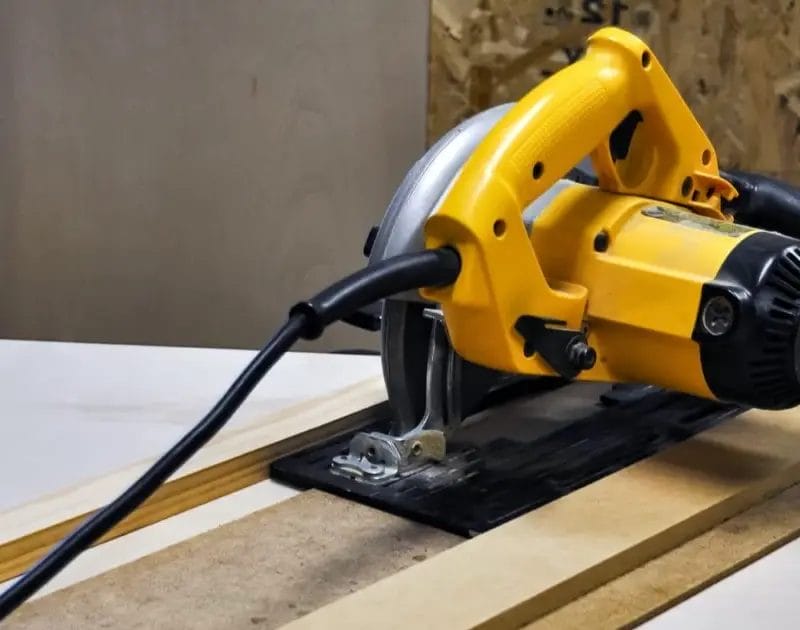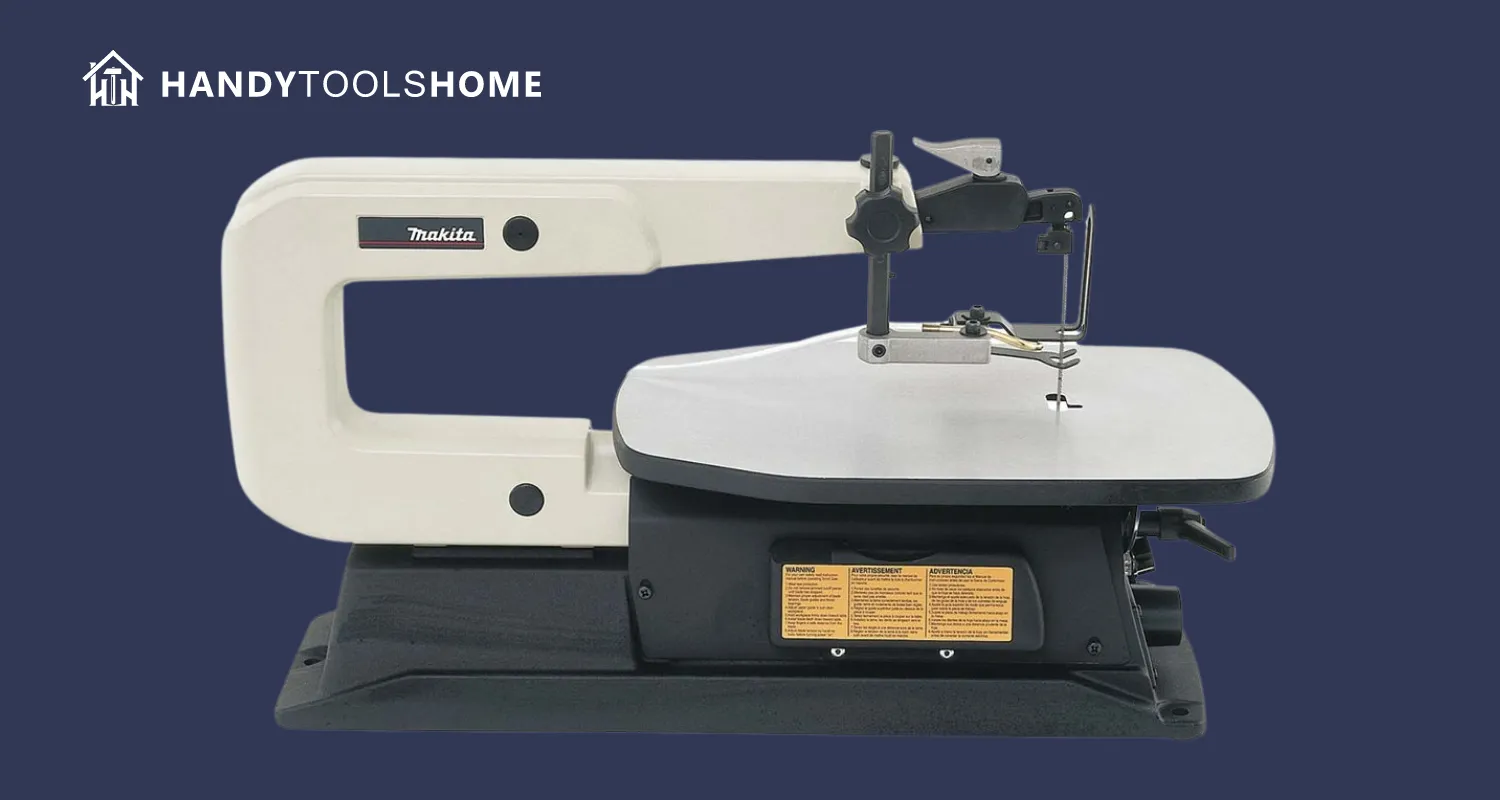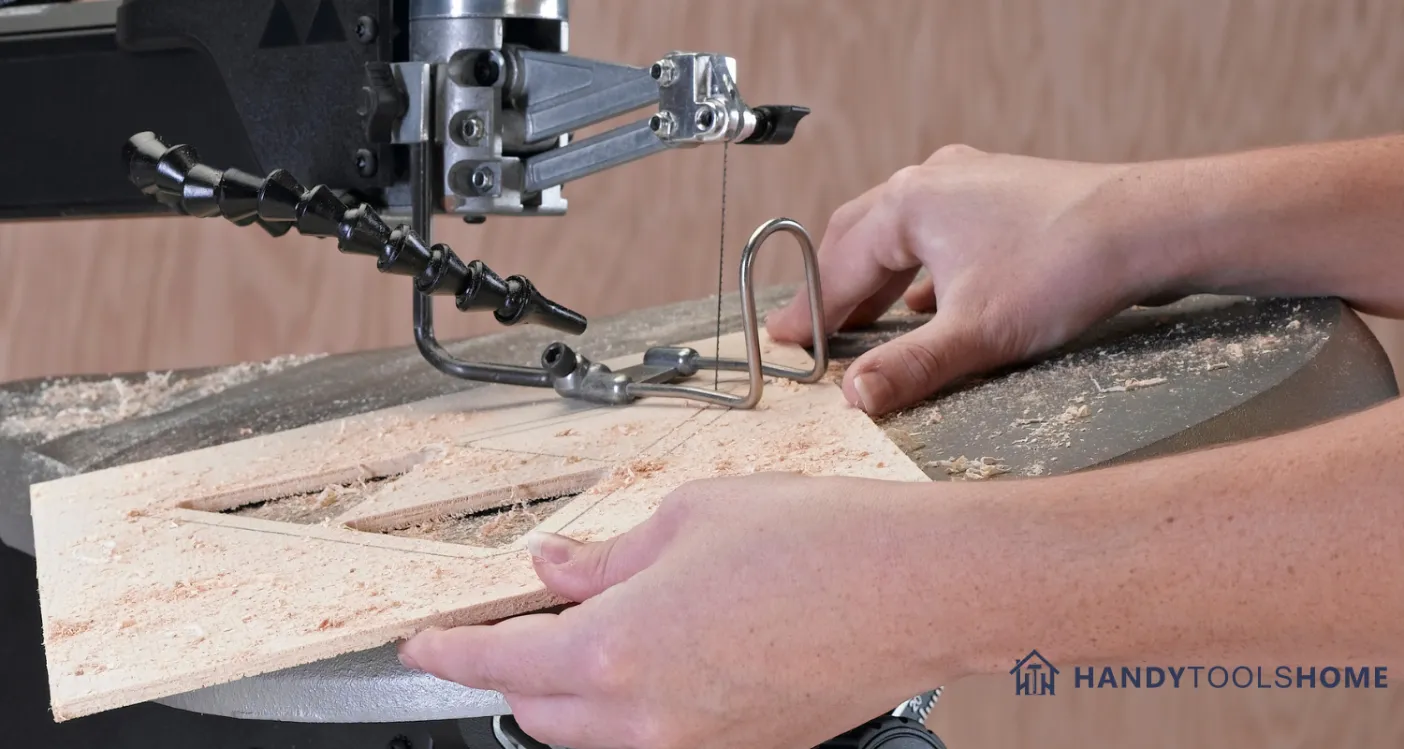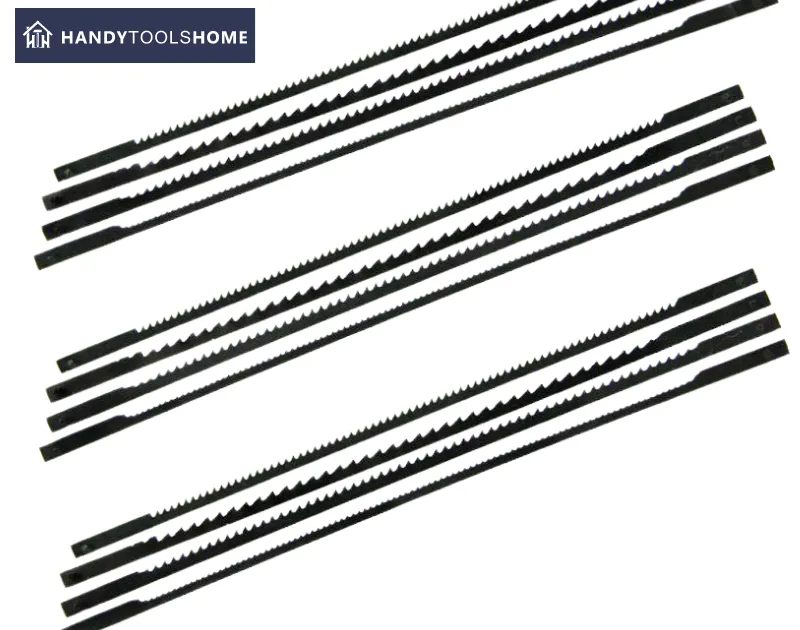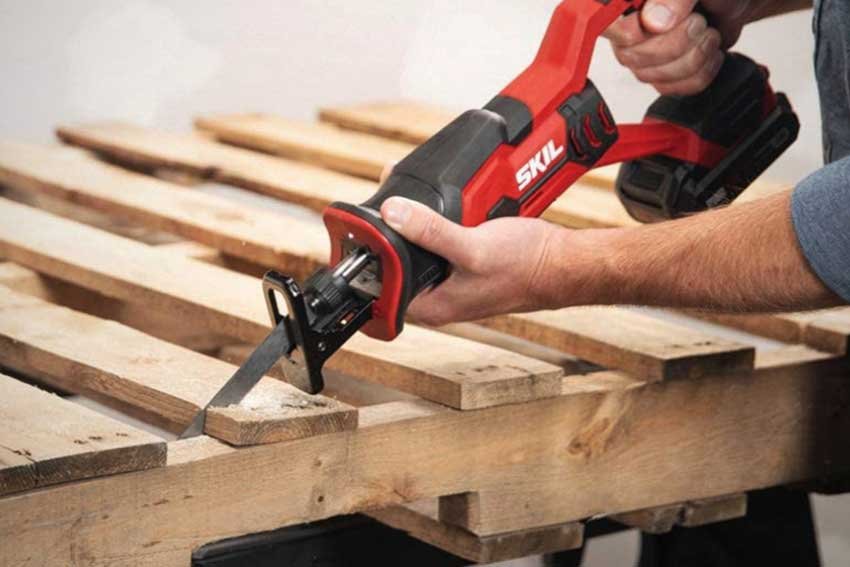Our Best 101 Guide to Plunge Saws
Plunge saws also known as tracks saws are excellent power tools to have for plunge cuts and are an essential tool if you want to be able to achieve long accurate cuts in laminates or general wood working pieces.
These saw designs are very similar to circular saws except the spinning blade is fixed onto a base with a track/rail guide which enables you to move the sharp blade up and down, this allows you to start plunge depth cut anywhere on material rather than just at the start as a circular saw.
In our informational guide below, we will cover more about what is a plunge saw is and what to use them for, as well as how they work and how to use one of these essential power tool designs.
What Is a Plunge Cut Circular Saw?
A plunge cut circular saw combines both a plunge cut and circular saw blade to make a basic tool that allows you to pass into materials at any point rather than the start or end.
This range of plunge saws needs two-handed operation unlike a circular saw on its offering more control on the plunge release cut for accuracy and high safety due to the enclosed blade.
Differences Between Circular Saw & Plunge Cut Circular Saw
You might be wondering if a plunge saw uses a circular saw design, then how are the two tools any different?
What Are Plunge Saws Used For?
Well, circular saws are first off handheld and the blade is not fixed, this means you need more skill to make accurate cuts than a plunge saw user, the blade on these saws is also exposed and they often do not have a dust port.
Plunge saws with a quality blade are best used for plunge release depth cuts and can produce a variety of accurate angled cuts in a variety of materials thanks to its track guide which gives better control.
We have listed out some main uses for a plunge saw/track saw below.
- Great for long rip cuts - Plunge saws are mostly used for ripping down long wood boards into smaller sizes thanks to their rail which allows you to cut a board from anywhere into a size you need.
- Cuts a variety of materials - Normal wood, plywood, OSB, MDF, hardboard and lots of other types of material can be cut in a plunge saw.
- Accurate cutting at different angles - Apart from long rip cuts, plunge saws can be used with the correct blade for making cross-cuts and angular cuts too.
Benefits Of Using a Plunge Saw
If you are undecided about whether or not a plunge saw is right for you, we have listed some advantages of plunge saws below as well as some drawbacks to help you decide.
Advantage Of Plunge Saws
- Easy to use - Plunge saws are so easy to set up and quick to use even as a woodworking beginner thanks to the marked track rail which helps you cut accurately without the need to mark your wood.
- Portable - In comparison to a table saw plunge saws are much easier to move around your workshop from place to place.
- Best for accuracy - The guide rail attachment on a plunge saw is the best for accuracy as it allows you to have great control over the saw and always keep to the line of the cut you need on your work.
- Great for repeated cuts - Once your plunge saw is set up how you need it to be you can make the same cuts over and over again without having to readjust the correct blade.
- Safe - The enclosed blade guard on these saws means they are much safer to use than other tools such as circular saws.
- Excellent for cutting laminates - Laminates are by no means easy to cut but a plunge saw allows you to cut them easily without having to mark them all over as long as you use the right blade.
Drawbacks Of Plunge Saws
- You can only use flat workpieces - Irregular workpieces will struggle to be used to make precise cuts as the track has to stay attached to the wooden board.
- It might need additional support - For very long thin sheets you might have to use additional support with the saw on either side.
- The length of the track can be space consuming - The track guide of these saws is very long so you should be mindful if you have space for one.
What Does a Plunge Saw Do Exactly & How Does It Work?
Now we know a plunge saw is used for making long rip cuts and cutting wood with high accuracy, we can explore exactly how these tools work and the mechanisms behind the cutting process as well as the main features of one of these saws.
Plunge saws operate with an electric motor to power their blade for cutting, this is typically paired with a rail guide for accuracy and a base where the rail allows you to move the blade up and down to produce accurate cuts.
This track stabilised the saw allowing you to simply control where the cut is on the material and follow-through, most plunge saws have a dust collection feature too.
We have listed the main components of a plunge saw down below.
- Motor.
- Circular blade.
- Guide/track rail.
- Dust collector.
- On/off switch.
How To Use a Plunge Saw
Using a plunge saw is simple for beginners and does not require too much skill to be able to handle the blade thanks to its fixed design.
We have put together a basic step by step down below to show how to use a plunge saw for the first time to cut material.
- Step one - Choose the correct blade type according to the material you are cutting and adjust the depth according to the material that you are cutting.
- Step two - Place the railing of the saw onto the wood that you will be cutting and draw a line along the track to make sure that the cut is straight.
- Step three - Attach the saw to the end of the railing to follow the track, depending on your model you will either have to pop this in or just slide it up the rail till it's where you need it to be.
- Step four - Enable the plunge release and put your finger on the trigger to power the saw on, allow the blade to reach full speed before lowering then push it forward at a slow pace to cut through the wood.
Final Words
Overall, a plunge saw or track saw is essentially a mounted circular saw with a track guide that keeps the blade fixed but allows you to move it up and down to cut material at any length according to the depth that you desire.
Plunge saws are an exceptional tool for beginner woodworkers due to their high accuracy allowing you to make an accurate cut and repeated cuts with ease.

